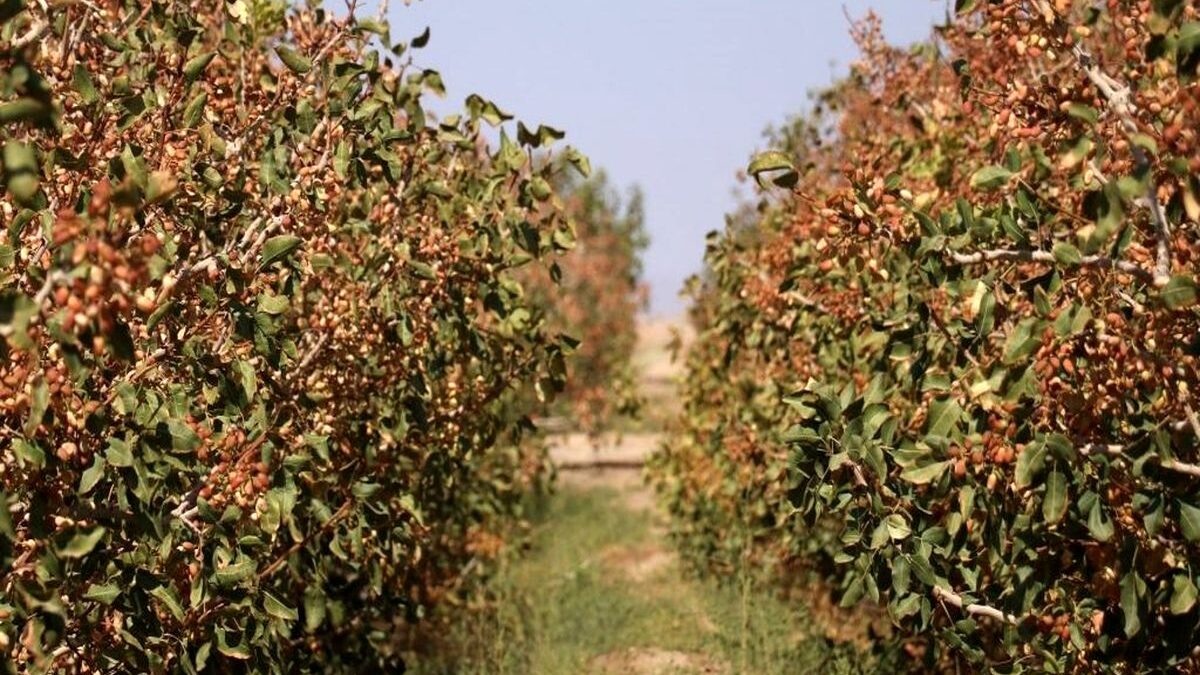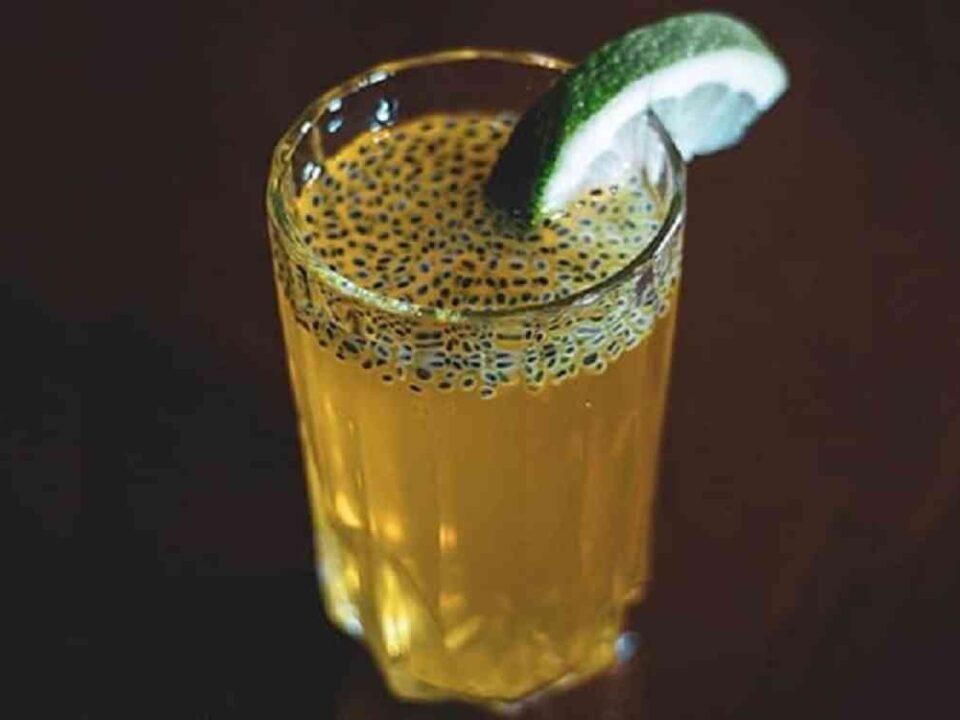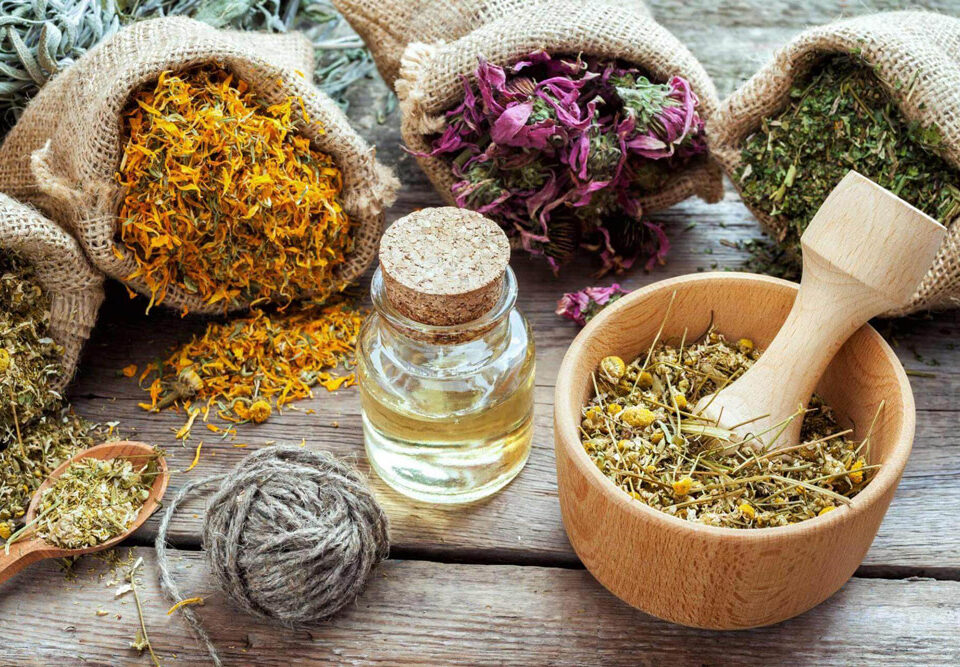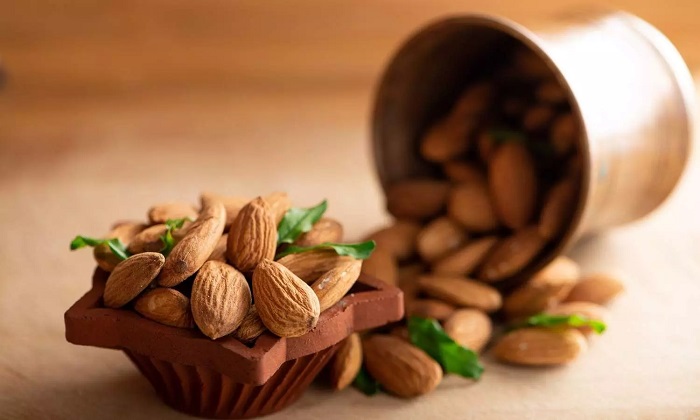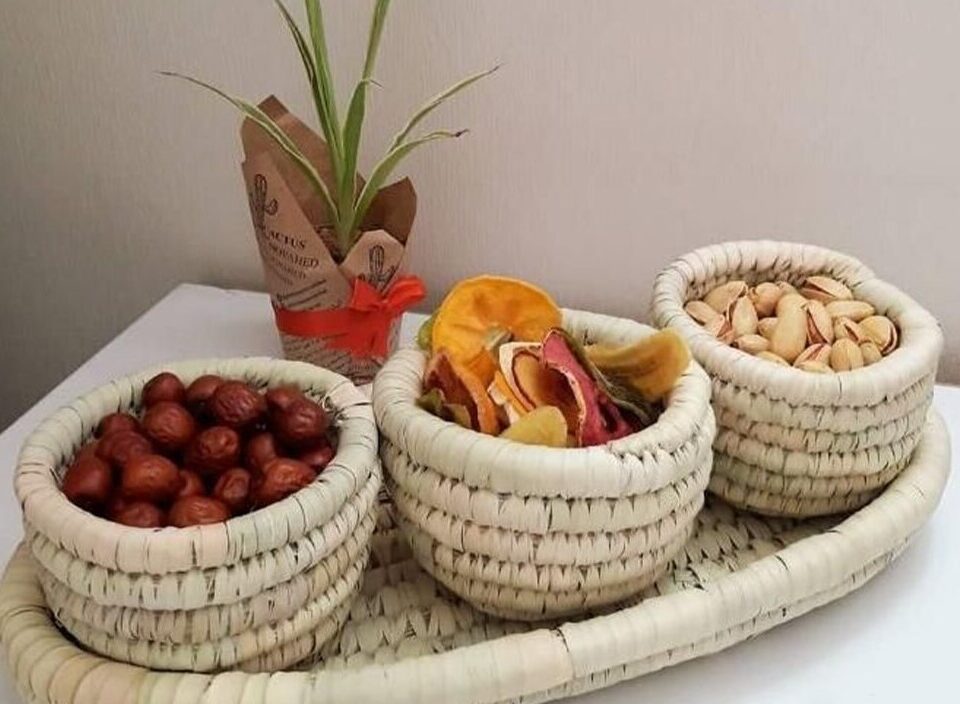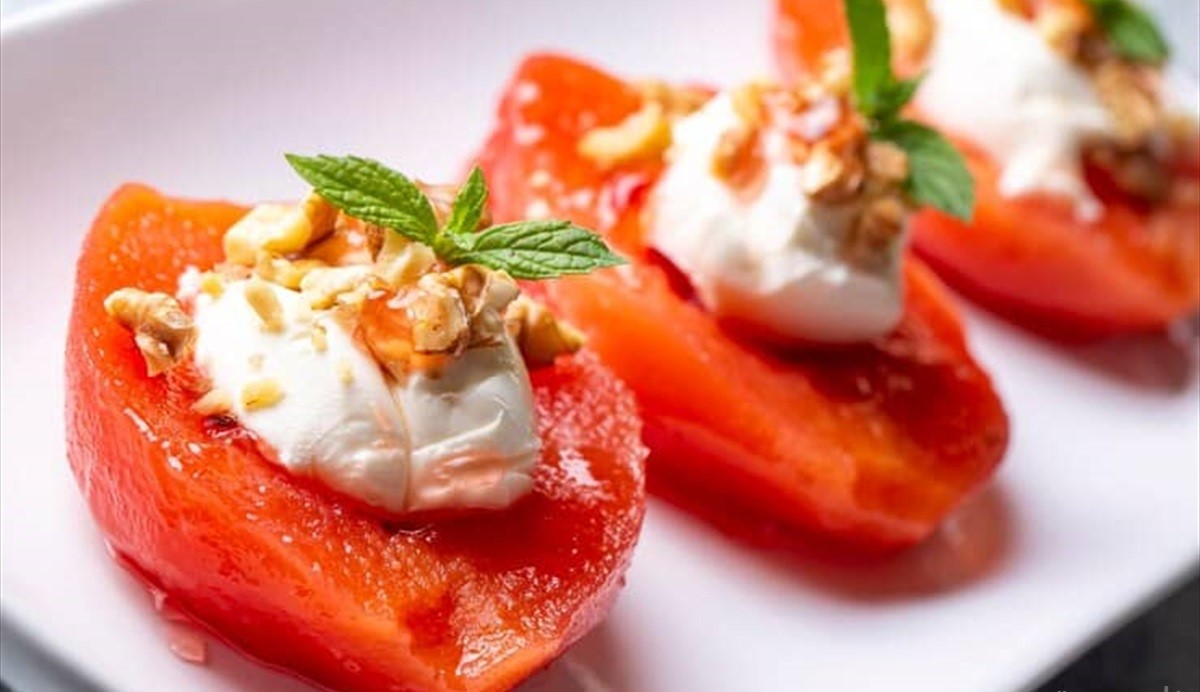
Best Iranian Dried Fruits for Making Desserts
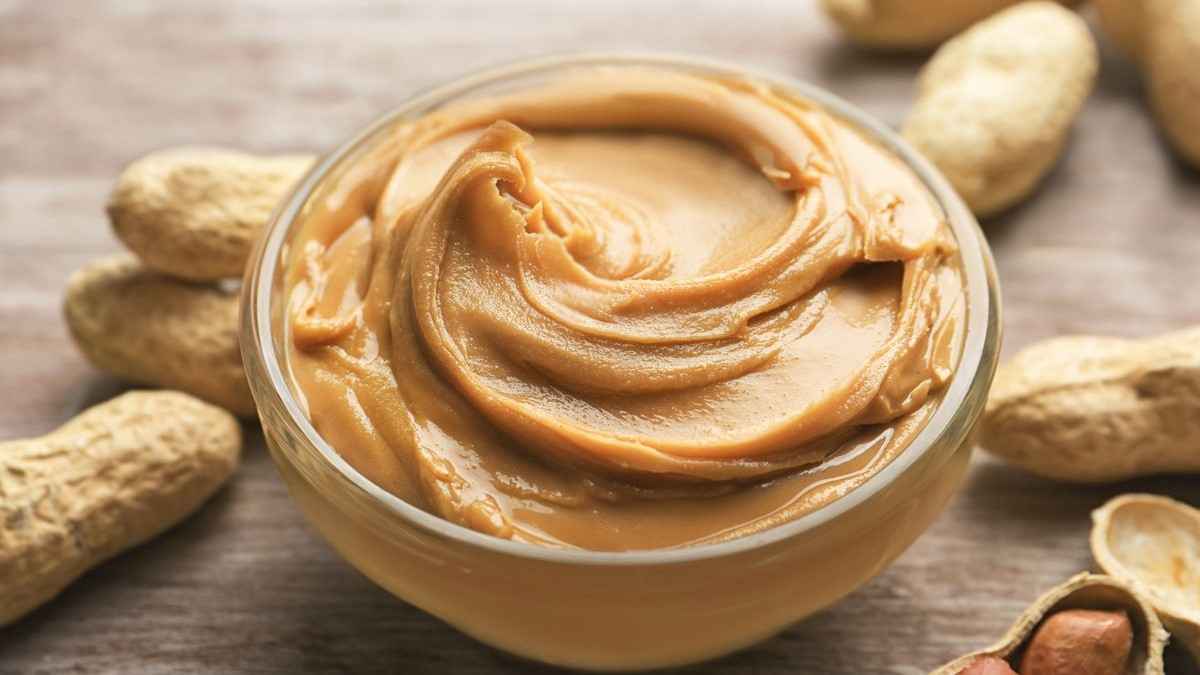
How to Make Your Iranian Nut Butter
How Iran’s Unique Geography Enhances Its Agricultural Products
Iran’s reputation for producing some of the world’s finest spices and nuts is deeply connected to its unique geography and climate. The country’s diverse terrain, ranging from arid deserts to fertile plains, and its varied climates—from subtropical to cold highlands—create ideal conditions for growing a wide range of agricultural products. This geographical diversity, combined with centuries of traditional farming practices, has allowed Iran to become a global leader in the production of high-quality saffron, pistachios, cumin, and other prized products.
Here’s a closer look at how Iran’s climate and geography enhance the quality of its spices and nuts, and why these natural factors play such a crucial role in their global appeal.
1. Saffron: The “Red Gold” of Iran
Saffron, often referred to as “red gold,” is one of the most valuable and iconic spices in the world, and Iran is its largest producer. The cultivation of saffron relies heavily on specific climatic conditions, making Iran’s unique geography particularly suited to this labor-intensive crop.
Ideal Growing Conditions for Saffron:
- Climate: Saffron crocuses thrive in semi-arid climates, with hot, dry summers and cold winters—the exact conditions found in parts of Iran, particularly in the provinces of Khorasan and South Khorasan. These regions experience little rainfall, and saffron bulbs prefer well-drained soils and dry weather.
- Altitude: Saffron grows best at altitudes between 1,000 and 2,000 meters, which can be found in many parts of northeastern Iran. The higher elevation provides cooler nighttime temperatures, which are crucial for saffron’s growth cycle.
How the Climate Enhances Saffron Quality:
- High Crocin Content: Iran’s ideal growing conditions result in saffron threads that are rich in crocin, the compound responsible for saffron’s vibrant red color and antioxidant properties. This is why Iranian saffron is known for its deep color, intense flavor, and high-quality aroma.
- Dry Climate: The dry climate prevents mold and rot, which can easily ruin saffron crops. The low humidity helps produce saffron threads that are easy to dry and store, contributing to their long shelf life.
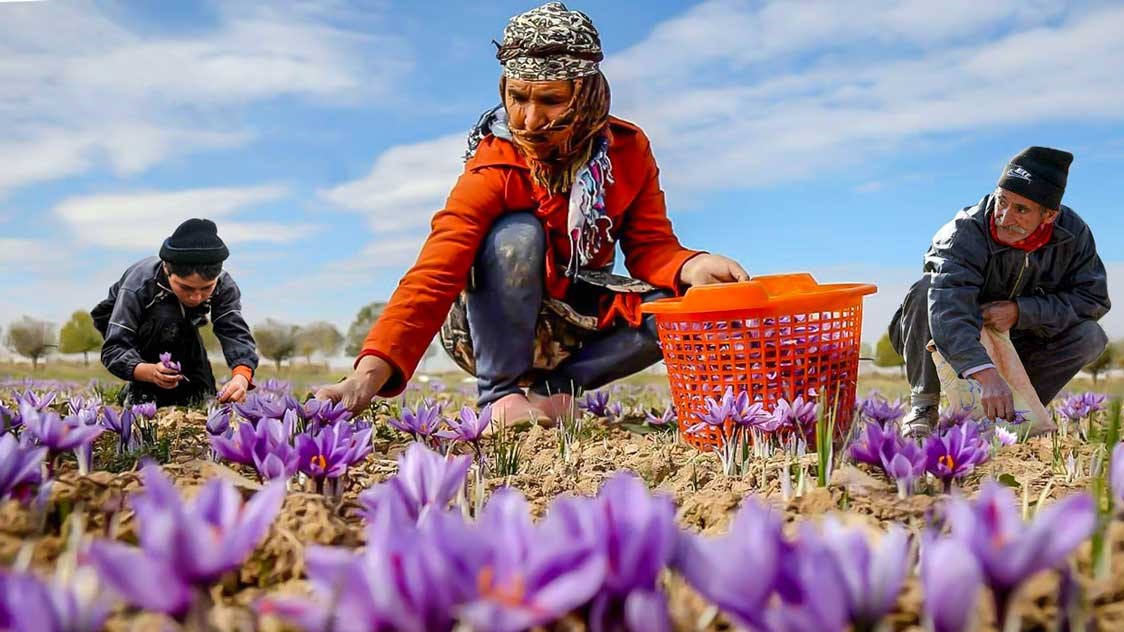
Persian Saffron
2. Pistachios: Iran’s Most Famous Nut Export
Iranian pistachios are considered some of the best in the world, prized for their large size, rich flavor, and vibrant color. The climate of Kerman, Rafsanjan, and other regions in southeastern Iran, where pistachios are primarily grown, plays a vital role in enhancing their quality.
Ideal Growing Conditions for Pistachios:
- Arid Climate: Pistachio trees thrive in hot, dry climates with long, sunny summers and cool winters. Iran’s desert climate, particularly in the provinces of Kerman and Fars, provides the perfect environment for pistachios to grow.
- Soil: Pistachio trees prefer sandy, well-drained soils that are slightly alkaline. Iran’s naturally arid regions have soil that is ideal for pistachio cultivation, ensuring strong root systems and healthy trees.
- Seasonal Temperature Fluctuations: Pistachio trees need a combination of hot summers and chilly winters to produce high yields. The significant temperature fluctuations between day and night, especially in desert regions, help develop the nut’s distinctive flavor and texture.
How the Climate Enhances Pistachio Quality:
- Rich, Nutty Flavor: The long, hot summers and dry conditions intensify the natural oils in pistachios, contributing to their rich, nutty flavor and characteristic creaminess.
- Bright Color: The high altitude and cool winters help pistachio shells develop their signature pink-purple hue, which adds to their appeal in global markets.
- Crunchy Texture: The arid climate ensures that the pistachios dry naturally on the tree, producing a crisp texture that is highly desirable.
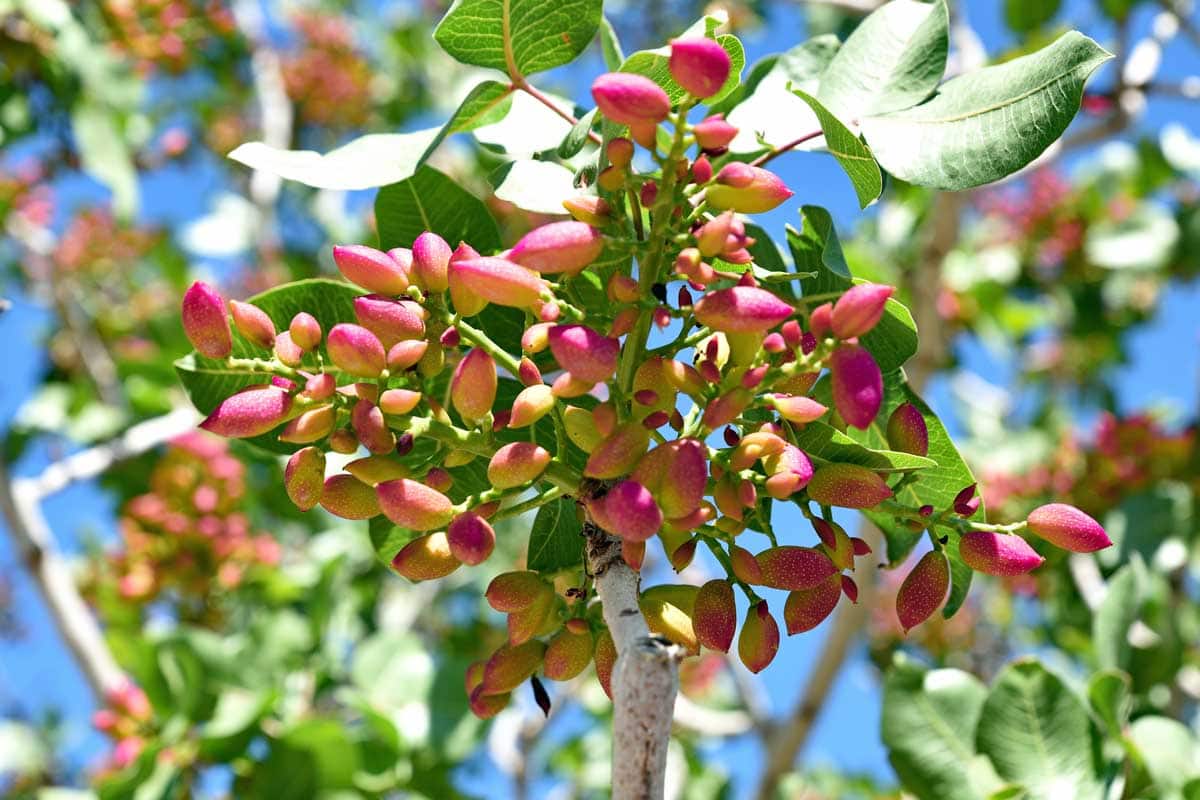
History of Pistachio Cultivation in Iran
3. Cumin: A Key Spice in Iranian Cuisine
Cumin, a staple spice in Persian cooking, is known for its earthy, warm flavor and is widely used in Iranian stews, rice dishes, and spice blends. Iran is one of the top producers of high-quality cumin, particularly in the regions of Kerman Sistan and Baluchestan, where the climate plays a crucial role in the spice’s production.
Ideal Growing Conditions for Cumin:
- Semi-Arid Climate: Cumin thrives in hot, dry conditions with plenty of sunlight. Iran’s semi-arid and desert regions provide these conditions, allowing the plant to flourish.
- Sandy Soil: Cumin grows best in well-drained, sandy soils, which are abundant in the desert regions of southeastern Iran.
- Low Rainfall: Cumin plants are sensitive to excessive moisture, and Iran’s low rainfall ensures that the cumin seeds develop without being exposed to rot or fungal infections.
How the Climate Enhances Cumin Quality:
- Concentrated Aroma: The intense sunlight and arid conditions enhance the essential oils in cumin seeds, resulting in a more concentrated, aromatic spice.
- High Oil Content: Iranian cumin is known for its high essential oil content, which gives it a stronger flavor and makes it more effective as a seasoning in smaller quantities.
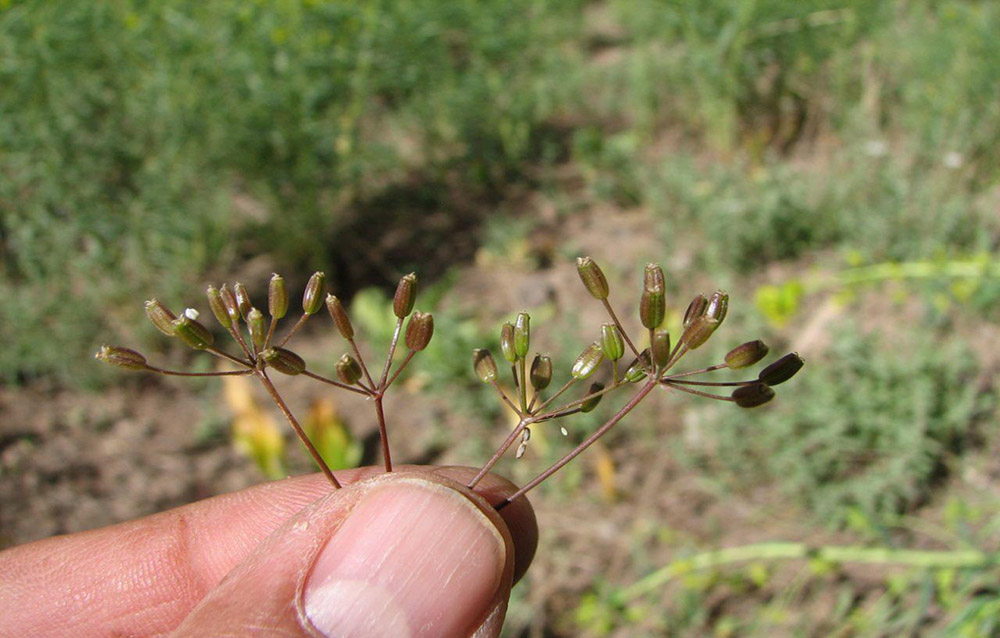
Cumin Plants
4. Dried Fruits: Mulberries, Apricots, and Figs
Iran is also famous for its production of dried fruits, including mulberries, apricots, and figs. The country’s varied climate, particularly in regions like Fars and Kerman, provides ideal conditions for the cultivation and natural drying of these fruits.
Ideal Growing Conditions for Dried Fruits:
- Sun-Drying Climate: Many Iranian dried fruits are sun-dried, and Iran’s hot, dry climate is perfect for this method. The fruits are spread out in the sun to dry naturally, a process that intensifies their sweetness and preserves their flavor.
- Warm Days and Cool Nights: Fruits like apricots and mulberries grow best in areas with warm days and cool nights, which help balance the fruit’s acidity and sweetness. The Fars province is particularly known for producing high-quality dried fruits due to its temperate climate.
How the Climate Enhances Dried Fruit Quality:
- Intense Sweetness: The sun-drying process, combined with the warm, dry climate, concentrates the sugars in the fruit, giving Iranian dried fruits their intense sweetness and flavor.
- Preservation of Nutrients: The natural drying process preserves not only the flavor but also the nutritional content of the fruits, including high levels of fiber, vitamins, and minerals.
- Extended Shelf Life: The dry conditions in Iran’s agricultural regions allow for the natural drying and preservation of fruits without the need for artificial preservatives, giving Iranian dried fruits a long shelf life and ensuring they remain fresh for extended periods.
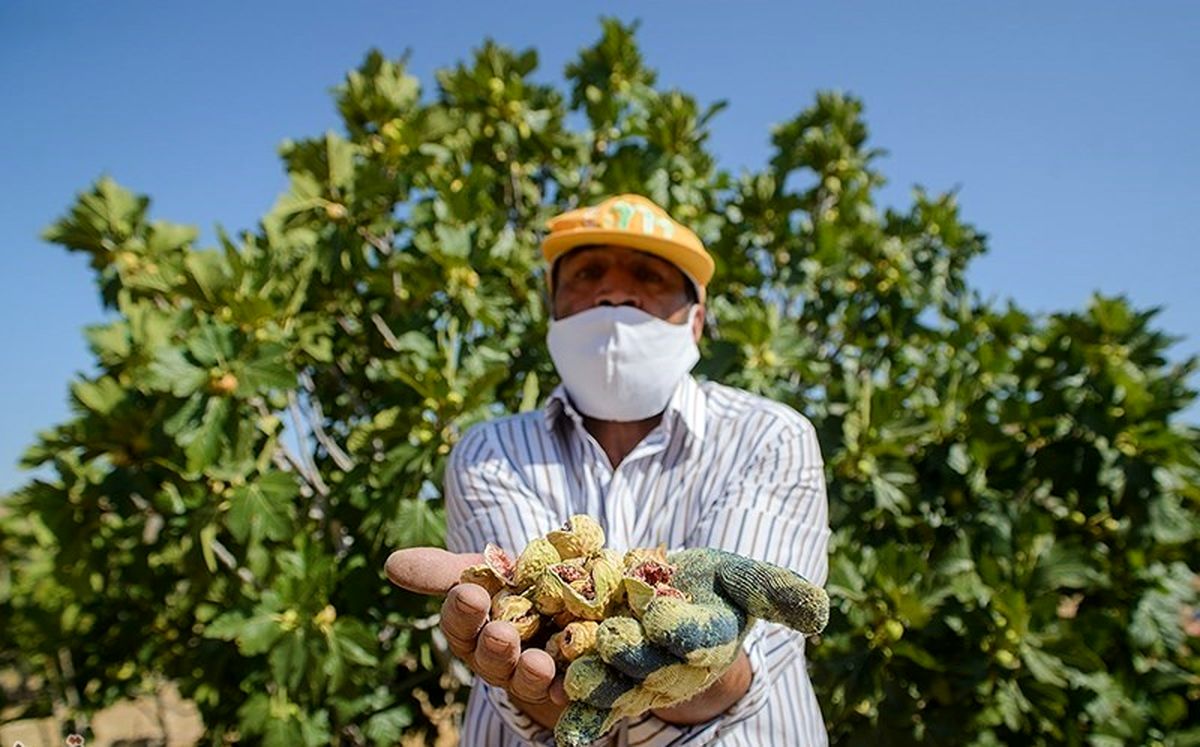
Estahban fig farms
5. Dried Herbs: Mint, Dill, and Coriander
Iran’s diverse climate also supports the growth of a wide range of dried herbs used in Persian cuisine, such as mint, dill, and coriander. These herbs grow particularly well in regions with moderate temperatures and ample sunlight, such as the Alborz mountains and northern Iran.
Ideal Growing Conditions for Dried Herbs:
- Temperate Climate: Many herbs prefer temperate conditions, where they can grow in rich, well-drained soils. The northern regions of Iran, with their milder climate, are particularly suited for the cultivation of fresh herbs.
- Ample Sunlight: Herbs like mint and coriander require plenty of sunlight to develop their essential oils, which give them their distinctive aroma and flavor.
How the Climate Enhances Herb Quality:
- Rich Aroma: The abundant sunlight and dry air help herbs develop high concentrations of essential oils, giving them a strong aroma and flavor.
- Vibrant Color: Iran’s drying methods, which often involve air-drying herbs in the sun, preserve the herbs’ vibrant green color and flavor, ensuring they retain their freshness for long-term use.
Conclusion
Iran’s climate and geography play a pivotal role in producing some of the world’s finest spices and nuts. The country’s diverse landscapes—from the arid deserts perfect for saffron and pistachios to the sun-soaked valleys ideal for dried fruits and herbs—create optimal growing conditions that enhance the flavor, quality, and nutritional value of these prized products. Whether it’s the vibrant color of Iranian saffron, the rich flavor of pistachios, or the sweetness of dried fruits, Iran’s agricultural products are a testament to the country’s unique environment and centuries-old farming traditions.

